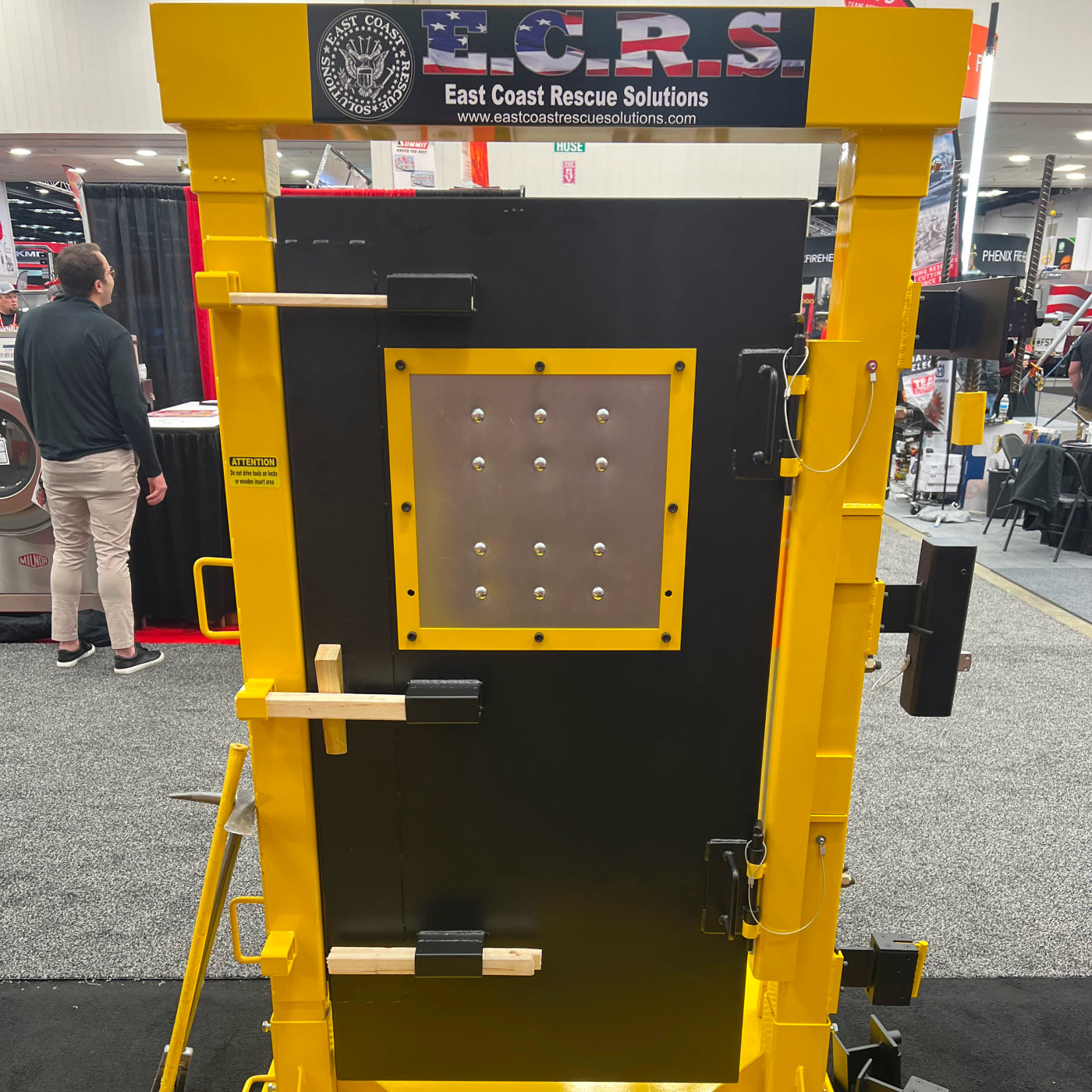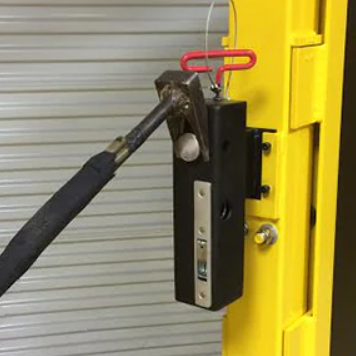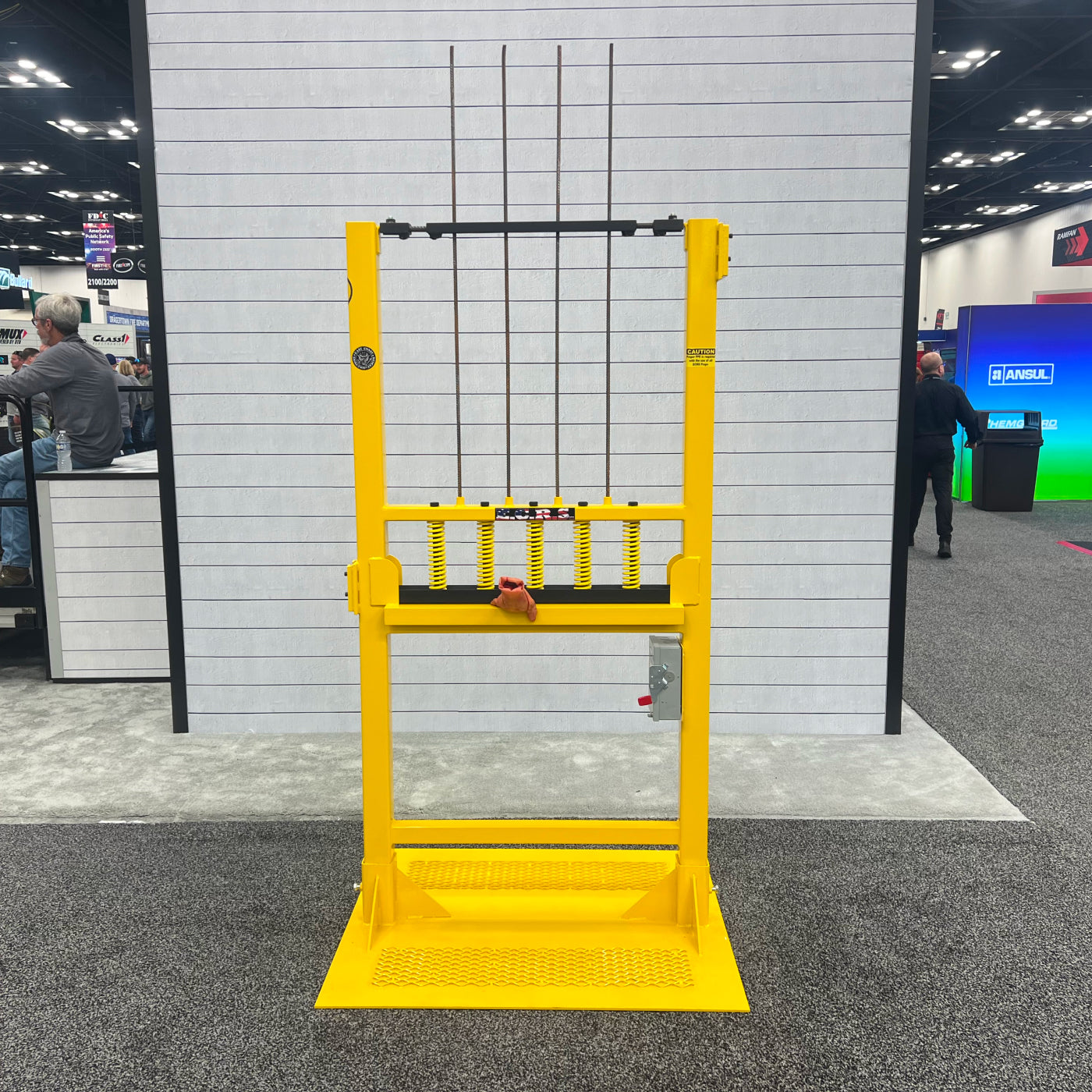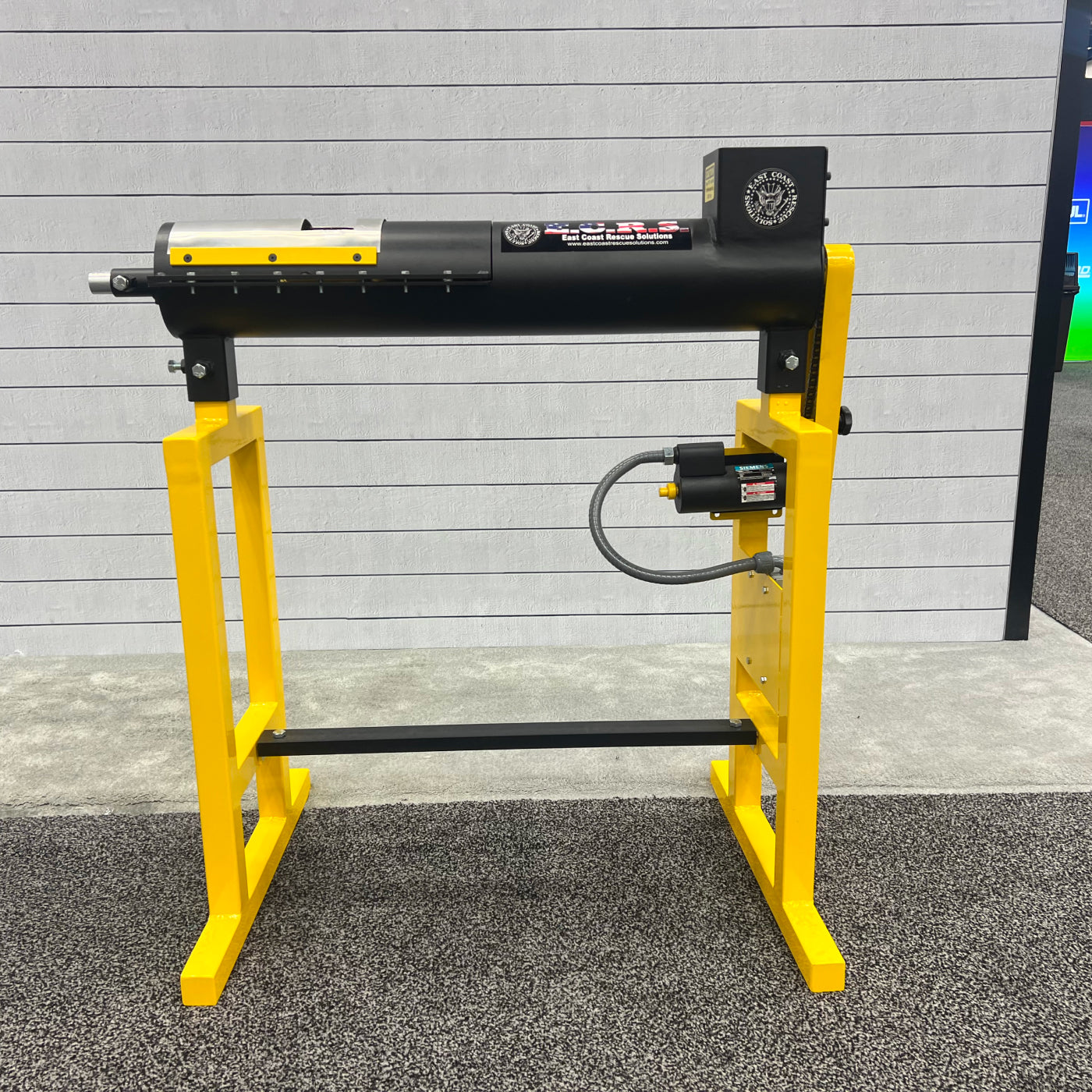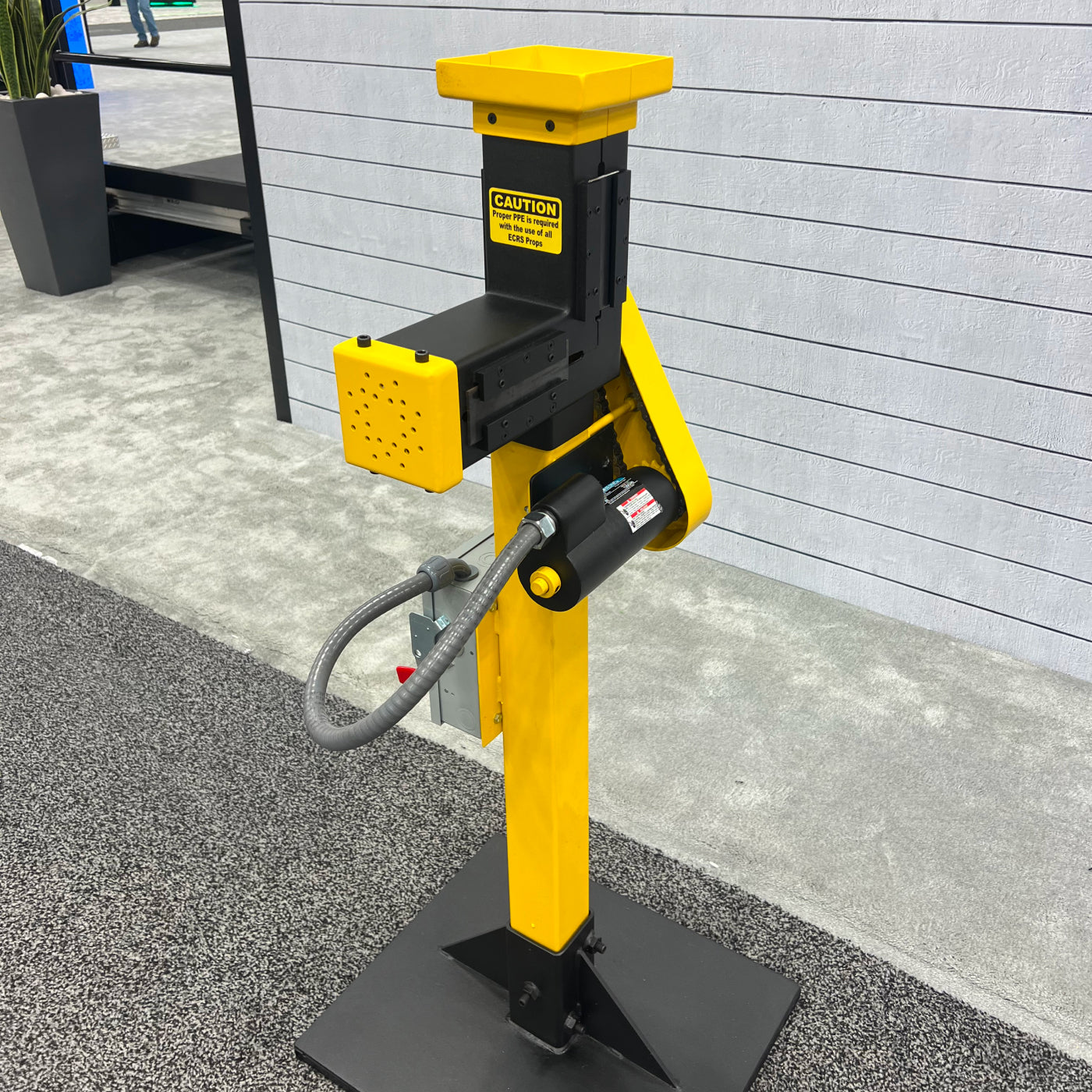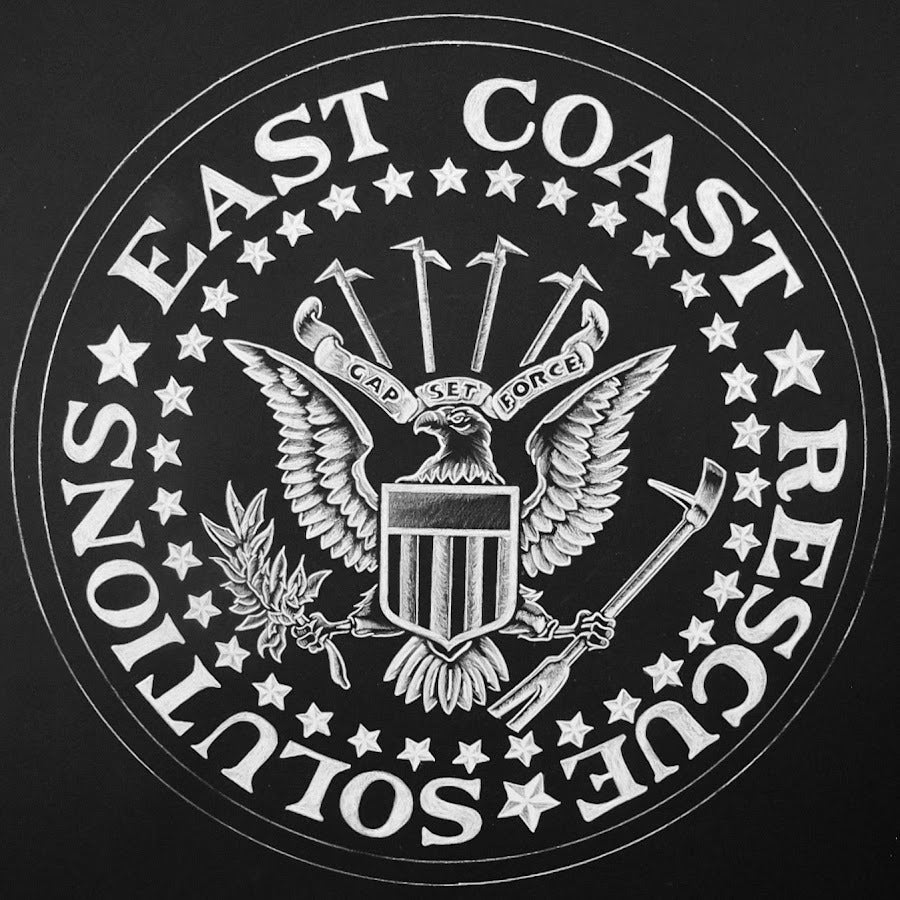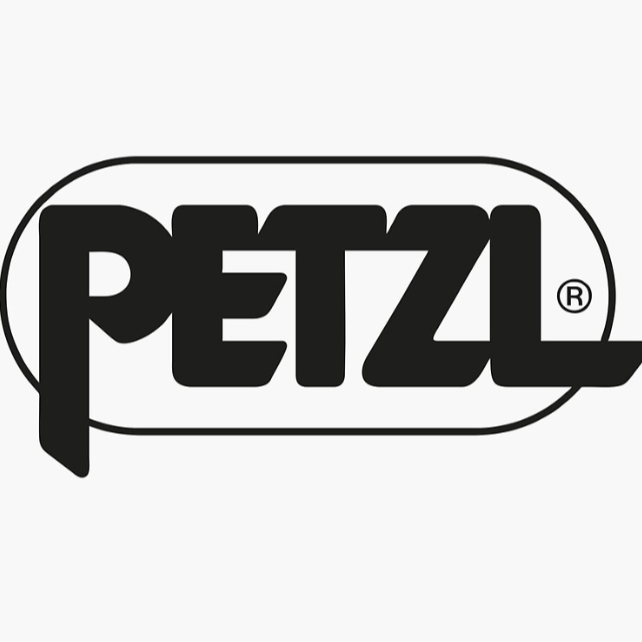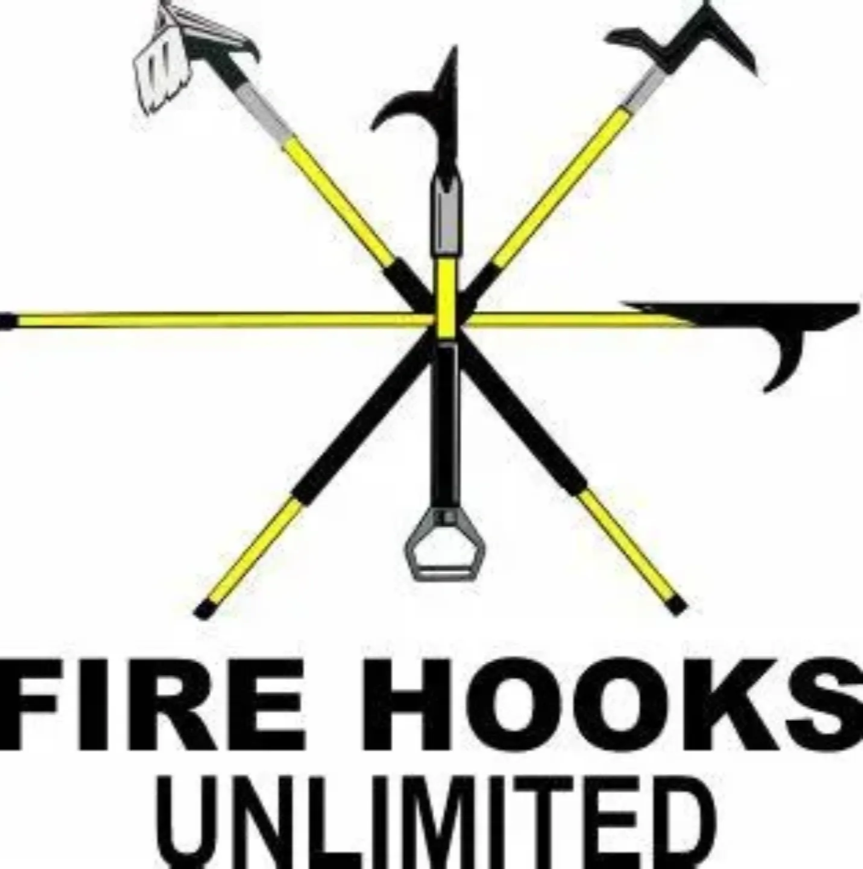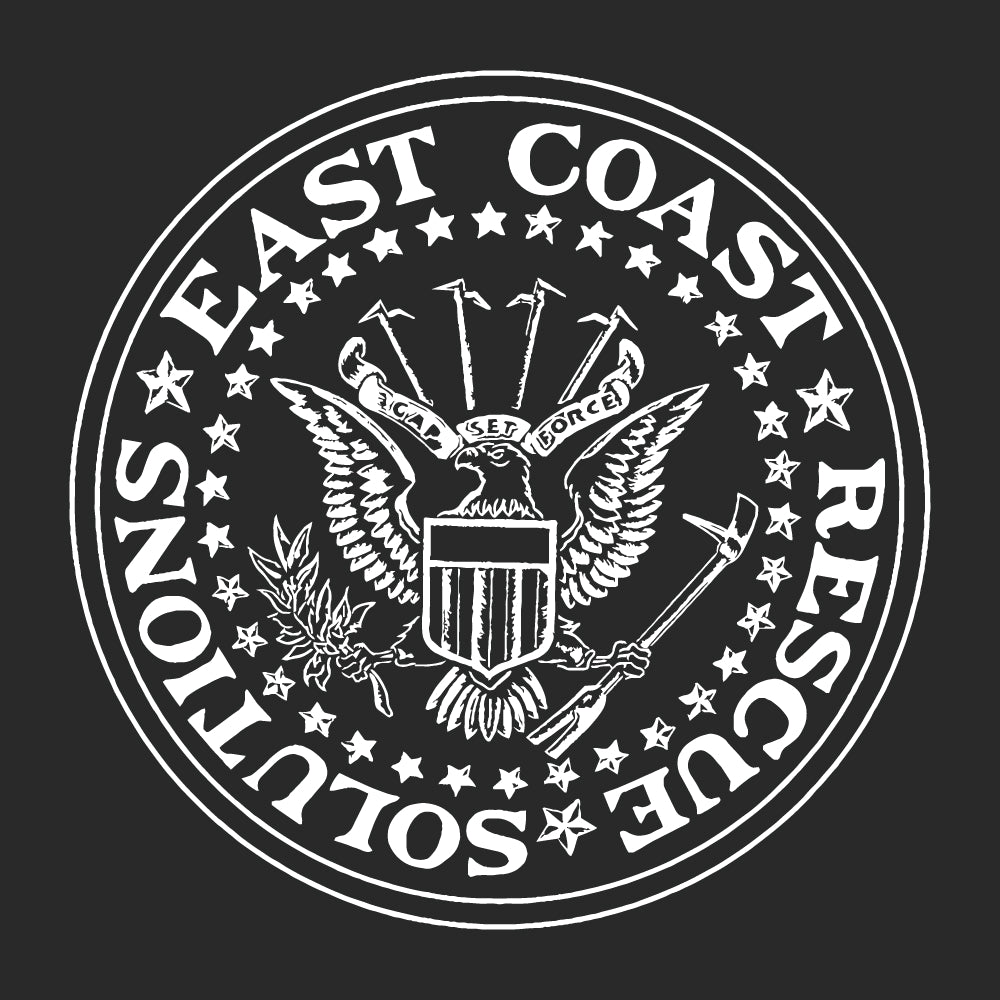When you're sizing up a scene, the right hook can make all the difference. Whether you're pulling ceilings, breaking windows, or searching for fire extension, having the right hook in your hands gives you reach, leverage, and control—all without getting too close to the danger.
But not all hooks are created equal. Each type serves a purpose, and if you know what to grab and when, you’ll work faster and safer.
Why Carry a Hook?
A good hook gives you three main advantages on scene:
-
Reach – You stay out of the collapse zone while doing the work.
-
Leverage – Great for pulling, prying, and breaking.
-
Search and overhaul – You can check for fire extension behind walls or in ceilings without using your hands or getting too close.
✅ Pro Tip: Train with different lengths and types of hooks. What works for an engine firefighter may not be ideal for truck work or overhaul teams.
The Most Common Firefighter Hooks
1. NY Roof Hook
-
Design: Two sharpened ends with a chisel and pike.
-
Best For: Pulling ceilings, roofs, lath and plaster, and general overhaul.
-
Why It Works: The chisel edge slips under materials, while the pike rips them away with force.
✅ Use Tip: Perfect for vertical pulls in old buildings with stubborn construction.
2. Halligan Hook
-
Design: Hybrid of a standard hook with Halligan-style ends.
-
Best For: Forcible entry, pulling trim, and versatile overhaul.
-
Why It Works: You get prying power and a hook in one tool. Great when space is tight or you want one tool that does it all.
✅ Use Tip: Especially helpful in apartment fires for quick ceiling pulls and door frame work.
3. Boston Rake Hook
-
Design: Flat head with two large tines curved downward like a rake.
-
Best For: Pulling ceilings and roofs—especially drop ceilings.
-
Why It Works: The rake grabs more material per pull, making it great for clearing large areas quickly.
✅ Use Tip: Great for overhaul when you’re looking for deep-seated fire in ceiling voids.
4. San Francisco Hook
-
Design: Combines a pike, chisel, and gas shut-off tool.
-
Best For: West Coast-style utility and truck work.
-
Why It Works: This multi-purpose hook is built for striking, prying, shutting off utilities, and pulling materials.
✅ Use Tip: Ideal if you want one tool for fireground and utility control without carrying extras.
5. Trash Hook / Pike Pole
-
Design: Long pole with curved metal hooks.
-
Best For: Dumpster fires, hay lofts, or flipping debris.
-
Why It Works: Lets you move and break up burning contents without climbing in.
✅ Use Tip: Great during overhaul when digging through smoldering piles or contents.
Choosing the Right Length
-
4–6 feet: Good for interior work and tighter spaces.
-
6–10 feet: Offers more reach for pulling high ceilings, roofs, or staying out of collapse zones.
-
10+ feet: Great for exterior roof work or training, but harder to maneuver inside.
✅ Pro Tip: Shorter hooks give you better control indoors; longer hooks give you reach on exterior operations.
Hook Safety Tips
-
Always wear full PPE when pulling ceilings or walls—falling debris is no joke.
-
Keep a strong, wide stance to avoid losing balance on the pull.
-
Don’t overreach. Pull down and toward yourself—not straight overhead.
-
Communicate with your crew. Let them know when you're opening up overhead so nobody gets caught by falling materials.
✅ Pro Tip: Pre-mark hooks by length and type on the rig so you can grab the right one in low-visibility conditions.
Final Thoughts
Hooks might not be flashy, but they’re some of the most important tools you’ll carry. When you're dealing with hidden fire, debris, or structural damage, the right hook in trained hands can save time, prevent injuries, and help stop fire spread before it gets out of control

